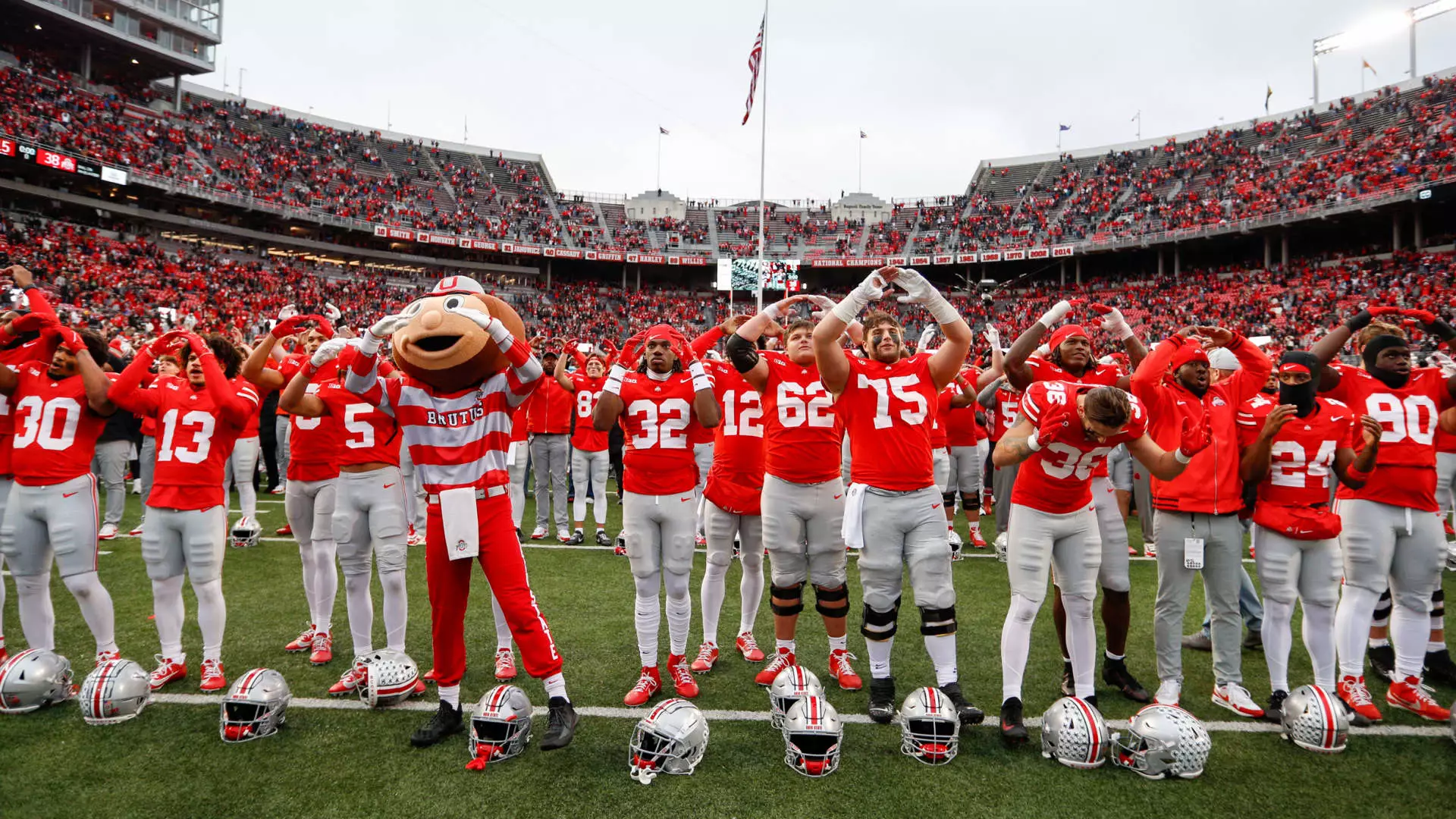The realm of college athletics is no longer just about the love of the game; it has transformed into a lucrative industry that attracts significant investment opportunities. With major college sports programs collectively raking in billions of dollars annually, private equity firms and other investors are keenly interested in tapping into this financial goldmine. The question remain: what precisely is the worth of a college sports program? This article delves into the complexities of college athletics’ valuations, the factors influencing them, and insight into how various programs stack up against one another.
The Multi-billion-Dollar Industry of College Sports
College sports represent a unique intersection of entertainment, education, and business. NCAA Football Bowl Subdivision (FBS) institutions have emerged as the principal players in this arena, catering to millions of loyal fans and generating diverse revenue streams including ticket sales, merchandise, sponsorships, and broadcasting rights. The significance of college sports in this economic landscape is epitomized by the staggering revenues they accumulate; with Ohio State University at the pinnacle, collecting approximately $280 million in a single year. Such figures are not mere statistics; they exemplify the potential income colleges can harness through athletics.
Various factors play a crucial role in determining a college sports program’s worth. The success of athletic teams, particularly football, has far-reaching implications for the brand strength of colleges. Alumni support is another critical component. Programs like Ohio State boast an extensive alumni network, with over 600,000 former students connected to the university. This broad base not only facilitates large donations but also fosters a vibrant community of fans who passionately support their teams.
Conference Influence and Media Rights
The financial landscape of college athletics is further complicated by the influence of conferences. Conferences such as the Southeastern Conference (SEC) and the Big Ten benefit markedly from lucrative media rights deals, which can significantly enhance the financial standing of their member institutions. For instance, the SEC is estimated to be worth around $13.3 billion overall, translating to an average value of roughly $832 million per school. Conversely, programs in other conferences like the Atlantic Coast Conference (ACC) and the Big 12 attract lesser valuations, highlighting the disparity in revenue opportunities depending on conference affiliation.
Successful athletic programs are not created in isolation; they are the result of strategic planning, solid marketing efforts, and robust administrative support. With the increasing pressures of financial success, schools are now actively seeking partnerships and guidance from financial experts. Companies such as AthleticDirectorU provide important analytics and advisory services to help institutions navigate the complex financial landscape of college athletics effectively.
To determine the financial worth of athletic programs, a mixture of empirical data and expert analysis is employed. Valuations are grounded in various metrics, primarily focusing on revenue figures from the Department of Education’s Equity in Athletics Data Analysis. This data is folded into a larger framework, using a base revenue multiple and various adjustments that factor in variables such as school subsidies, anticipated name-image-likeness (NIL) income, and the number of alumni. Developing a clear picture of a program’s potential for future growth is central to determining its valuation.
The assessments conducted highlight the dynamic nature of college sports valuations and underscore the importance of adaptability in an ever-evolving market. The thorough evaluation process incorporates insights from various knowledgeable stakeholders, ensuring that the rankings reflect the reality of each athletic program’s situation.
As college athletics continue to expand and evolve, the pressures to maintain financial viability will shape the future landscape significantly. This shift may lead to an increased focus on revenue generation methods, including sponsorship deals and exclusive broadcasting rights. Moreover, the burgeoning realm of NIL deals is poised to redefine financial models by allowing athletes to profit from their fame and likeness. This could create an even larger ripple effect on university athletic programs as they adapt to these rapid changes.
The valuation of college sports programs encapsulates an intricate blend of historical performance, market positioning, alumni engagement, and future potential. With investors eyeing opportunities in this multi-billion-dollar industry, understanding these factors becomes crucial not only for stakeholders involved but also for the athletes and institutions that lie at the heart of college sports. The landscape is becoming ever more competitive and lucrative; only time will tell how universities will navigate these challenging yet rewarding waters.

